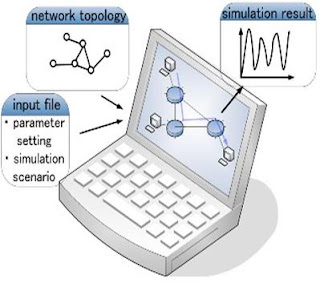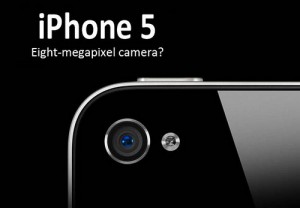Smartphone platforms from Apple and Google reflect the two company's home territories: Apple is firmly rooted in selling the Mac with iTunes as a digital hub for iPods and iPhones, while Google's base is web-centric, focusing on web search and advertising. Here's how iOS and Android compare in terms of desktop and cloud services, including support for Exchange Server in the enterprise, part two in this series.
Over the last decade, Apple has constructed a rich digital hub centered around iTunes, handling local device backup , organizing, and management of user data (photos, email, calendars, contacts, notes, browser bookmarks), media services (music, audiobooks, TV shows, movies, videos, podcasts, iTunes U content), mobile apps, and the iOS itself.
This is unique among smartphone platforms (including Google's Android), all of which rely upon mobile carriers to deliver "over the air" software updates to their devices, and also rely upon such "cloud services" to provide device and data backup, media streaming and sales, online app and ebook stores, and push messaging services, including email and calendar events.In market it pushed the wifi iTunes in 2008 with Mac cloud service.Apple also opened a device-based cloud version of the iTunes App Store, and most recently has extended iBook support to the iPhone as well. All of these cloud stores maintain sync with content purchased, backed up, and cataloged in the desktop iTunes on the Mac and PC.
Now its time for Android,Google's Android platform is designed to be entirely cloud based; there's no equivalent to an iTunes desktop app from the company, although the third party DoubleTwist serves as a partial alternative, providing desktop access to Google's Android Market, Amazon's media store, and a podcast library. DoubleTwist is also available for a variety of other devices that lack an iTunes of their own, including RIM's BlackBerry, HP's Palm Pre, and Sony's PSP.Google's own Gmail, Calendar, Docs, and other cloud-based services are accessible from Android phones, using either the "with Google" Android apps or via the company's web-based apps from Android phones that don't bundle them. Google plans to open a future competitor to Apple's iTunes Music Store (and Amazon's) for Android that enables cloud-based streaming of media.
The dark side of the cloud
The drawback to Google's cloud-only strategy for Android is that cloud services are notorious for falling offline and for losing users' data. From Microsoft'sDanger, to the Palm Pre and Nokia's Ovi service, to RIM's BlackBerry NOC, everyone who has offered cloud services for smartphones has also lost users' data. That maxim also applies to both Google and Apple, which like everyone else in the industry has inadvertently interrupted services and lost user data related to their cloud operations.Apple currently enjoys a strong lead in offering iTunes as a silver lining for cloud failures. Every iPhone is automatically backed up locally by default, making device replacement and upgrades easy and painless. Because Google and other vendors are focusing on improving and extending their cloud offerings, it looks like Apple will continue to enjoy an increasingly strong position with iTunes as a local sync hub, a factor that will prevent many iTunes users from even considering alternatives to iPhone, regardless of any potential, real advantages offered by Android. At the same time, Apple is pushing ahead its own cloud services in tandem with (and well integrated with) iTunes.












